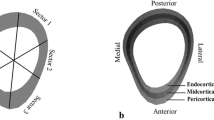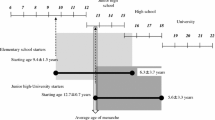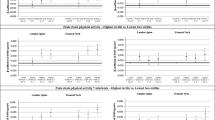Abstract:
The maximum amount of bone a person can obtain during the first two decades of life is an important determinant of bone mass in later life, and an increase in peak bone mass has been associated with decreased risk for osteoporotic fractures. It is known that growth of bone and thus development of peak bone mass are strongly controlled by genetic factors, but information on the role of environmental factors, such as exercise and nutrition, (e.g., exercise) on growing bone is limited. We tested a hypothesis that in growing girls the benefit of mechanical loading on bone mineral mass and bone strength is better before rather than after the menarche. Sixty-four girls (25 premenarcheal, 39 postmenarcheal) carried out a supervised 9-month step-aerobic program (two sessions per week), each session complemented with additional jumps. Sixty-two girls (33 premenarcheal, 29 postmenarcheal) served as controls. Bone mineral content (BMC) at the lumbar spine and proximal femur was measured by dual-energy X-ray absorptiometry (DXA). In addition, the cortical density (CoD, mg/cm3) and cortical cross-sectional area (CoA, mm2) and the density-weighted polar section modulus (BSI, mm3) of the tibial midshaft were determined by peripheral quantitative tomography (pQCT). In the premenarcheal girls, BMC increased statistically significantly more in the trainees than controls at the lumbar spine (p= 0.012) (8.6% vs 5.3%) and femoral neck (p= 0.014) (9.3% vs 5.3%). In the tibial midshaft, the intergroup differences (CoD, CoA and BSI) were not significant. The postmenarcheal girls showed no significant post-training intergroup differences in any of the bone parameters (BMC increased in the lumbar spine 6.0% vs 4.9%; femoral neck 3.4% vs 3.2%; and trochanter 2.6% vs 3.5%). Although a large proportion of bone mineral increase in the growing girls of this study was attributable to growth itself, this 9-month exercise intervention showed that a clear and large additional bone gain could be obtained in exercising premenarcheal girls, but not in exercising postmenarcheal girls. In other words, exercise seemed more beneficial for additional bone mineral acquisition before menarche (i.e., during the growth spurt) rather than after it.
Similar content being viewed by others
Author information
Authors and Affiliations
Additional information
Received: 24 March 2000 / Accepted: 14 June 2000
Rights and permissions
About this article
Cite this article
Heinonen, A., Sievänen, H., Kannus, P. et al. High-Impact Exercise and Bones of Growing Girls: A 9-Month Controlled Trial . Osteoporos Int 11, 1010–1017 (2000). https://doi.org/10.1007/s001980070021
Issue Date:
DOI: https://doi.org/10.1007/s001980070021




